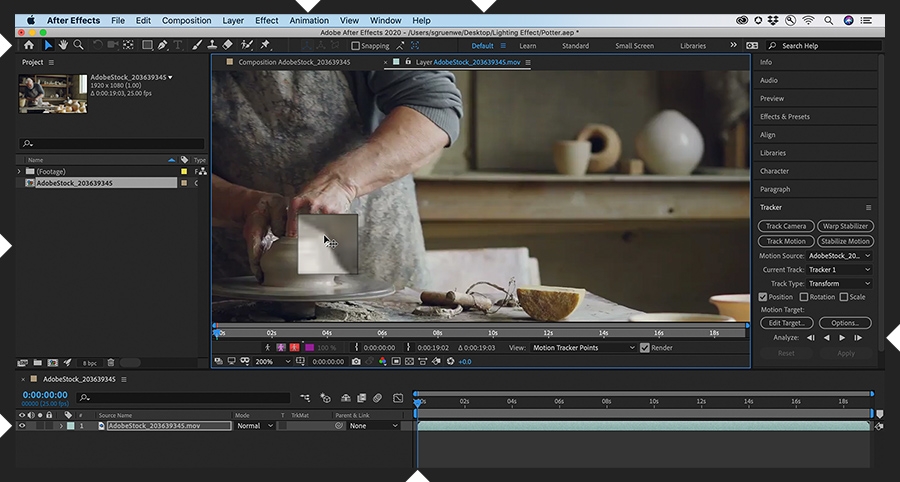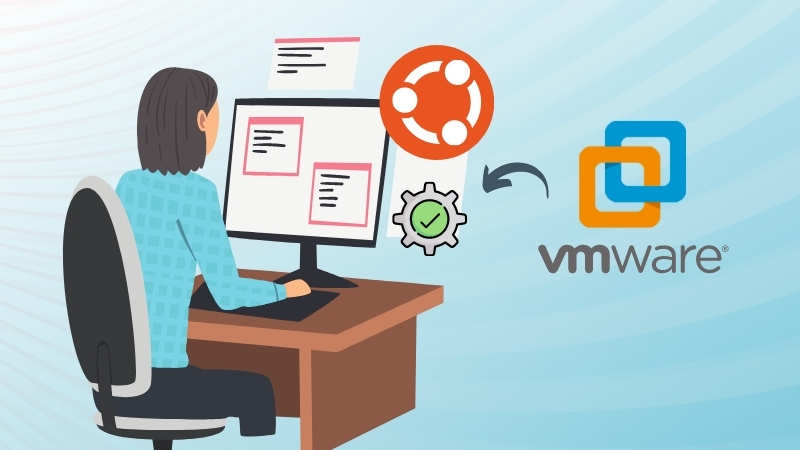Adobe After Effects, a multimedia application, is used for creating visual effects for film, video and other media. Adobe After Effects has several different versions.
After Effects CS6 Version 6 was released in 2012 and introduced new features like the ability to bevel and extrude 3D forms and text as well as the ability to use a Global Performance Cache to improve preview performance.
After Effects 2013: This version, released in 2013, included new features, including the Live 3D Pipeline with Cinema 4D. It also featured the ability to track masks and a redesigned playback engine.
After Effects CC 20: This version was released by Adobe in the year 2019. It includes new features such as the ability to use expressions for text layers and improved 3D performance.
The capabilities and performance of After Effects differ between versions. The latest versions typically offer more advanced capabilities as well as superior performance. The older versions may not have some of the newer features or be incompatible with newer operating version of the operating system. Adobe has implemented a subscription model to provide After Effects as well as other Creative Cloud software. This assures users of access to the most recent version of After Effects as long they continue to maintain their subscription. View the most popular https://erissoftwares.com/ for website info.

What Is Fxsound Enhancer And How Do Different Versions Vary? How Do I Get Free?
FxSound Enhancer enhances the audio quality of digital audio files, such as films and music. FxSound Enhancer uses advanced algorithms to improve the sound by adding clarity as well as bass and depth to the sound.
FxSound Enhancer Free Version: This is free and comes with the most basic features of the software, including 3D Surround Sound, Dynamic Boost and HyperBass.
FxSound Enhancer Plus FxSound Enhancer Plus includes all of the features in the free version as plus some extra options, like customizable presets and access to premium audio presets.
FxSound Enhancer Premium: The most advanced version comes with all features of the Plus Version, and also access to high-quality audio streams, presets for premium audio, as well as an audio player.
FxSound Enhancer comes in a variety of versions. Each version comes with different features and tools. The Free version provides basic tools to enhance sound and the Plus version comes with advanced features for audio customization. The Premium edition offers the most advanced features including access to high-quality streaming audio as well as the best media player. See the recommended https://erissoftwares.com/ for site info.

What Exactly Are Macdrive Pro Versions And What Differences Exist? How Do I Get Free?
MacDrive Pro software allows Windows users read, write and browse drives that are formatted for Mac. It lets users share files with Windows and Mac PCs without the need to reformat.
MacDrive Standard is the most basic version of the software that permits Windows users to read and write Mac-formatted discs. This version allows read-write access and basic features, but not advanced features such as disk repair or partitioning.
MacDrive Pro : This version contains all the features found in the Standard Version, and adds additional features like disk repair partitioning, mounting and partitioning a the Mac-formatted RAID set.
MacDrive 10 : This latest version has all the functions of the Pro edition, along with support for Mac OS X High Sierra 10.13, faster performance, and the ability to convert Mac drives from the Windows PC.
MacDrive Pro comes in different versions, each having its specific tools and features. Standard provides access to read-write for Mac formatted disks while Pro comes with advanced features, such as partitioning and disk repair. MacDrive 10 offers the latest features and is compatible with the most recent Mac OS. It also increases speed and performance. Check out the most popular https://erissoftwares.com/ for site info.

What Is Vmware Workstations? And What Are Their Differences? How Do I Get Free?
VMware Workstation, a virtualization program, allows users to run several virtual machines at the same time on one machine. VMware Workstation has different features that let users switch seamlessly between different virtual machines. This is a quick overview.
VMware Workstation 6 Version 6 was released in 2008. It was the first version to be able to run Windows Vista 64-bit and Windows Vista.
VMware Workstation 8. This version was released by VMware in the year 2011. It comes with new features like multi-touch and USB 3.0, and the ability to upload VMs.
VMware Workstation 10, which was released in 2013, included Windows 8.1 support as well as new virtual hardware features like SSD Pass-through, Intel Haswell CPU Performance Optimizations, and Intel Haswell CPU Performance Enhancements.
VMware Workstation 12, which was released in 2015, added Windows 10 support as well as new virtual hardware capabilities including support for DirectX 10 and 3D graphics.
VMware Workstation 14 came out in the year 2017. It supports the latest versions Windows and Linux, and also includes support for UEFI Secure Boot.
VMware Workstation 16 came out in the year 2020. It supports the latest versions Windows 10 and Ubuntu as along with new hardware features, such as the virtual Trusted platform module (TPM) or Virtual NVMe devices.
VMware Workstation versions come in different versions. There are Pro and Player Editions, each with its own features. For example, the Pro edition is designed for professionals and includes advanced features including cloning. Remote connections and integration with vSphere. The Player edition is, however is intended for personal use and features an interface for users that is simple and only a few features. Check out the recommended https://erissoftwares.com/ for more tips.

What Are The Various Versions Of The Xrmtoolbox? How Do I Get Free?
XrmToolBox offers an open source solution to manage Dynamics 365, Power Platform and other environments. It offers a wide range of utilities and tools for tasks such as management of data, customization, debugging, integration, and many more. The different versions of XrmToolBox differ in terms features problems with compatibility, features, and bug fix. The notable versions of XrmToolBox include: XrmToolBox 1.0: This version provided a set of essential functions, including solution import and output, plugin registration workflow management, exporting of solutions. It was compatible Dynamics CRM 2013, 2011 and 2015.
XrmToolBox 2: This release added new tools and features, including a metadata browser form-view editor, an attribute manager, as well as an editor for forms and views. It was compatible with Dynamics CRM 2016 and Dynamics 365.
XrmToolBox 3.1.x: The interface was redesigned and new functions were introduced such as a ribbon-based workbench and a web resource manager. It was fully compatible with Dynamics 365 Power Apps.
XrmToolBox 4.x The version focused on improving the performance and stability of the tool. It introduced new tools such as the dependency tester and attribute usage inspector. It was also compatible with Dynamics 365 Power Apps.
XrmToolBox 5,x: In this version, new tools were introduced such as the model-driven application designer and the portal profiler. Additionally, there were bugs fixed, enhancements to the interface, and an improved performance. It was also compatible with Dynamics 365 and Power Apps.
XrmToolBox 6.2 The new version focuses on enhancing overall user experience. It features a completely new user interface and new tools. Improvements in performance are also included. It also included support for the most recent versions of Dynamics 365 and Power Apps.